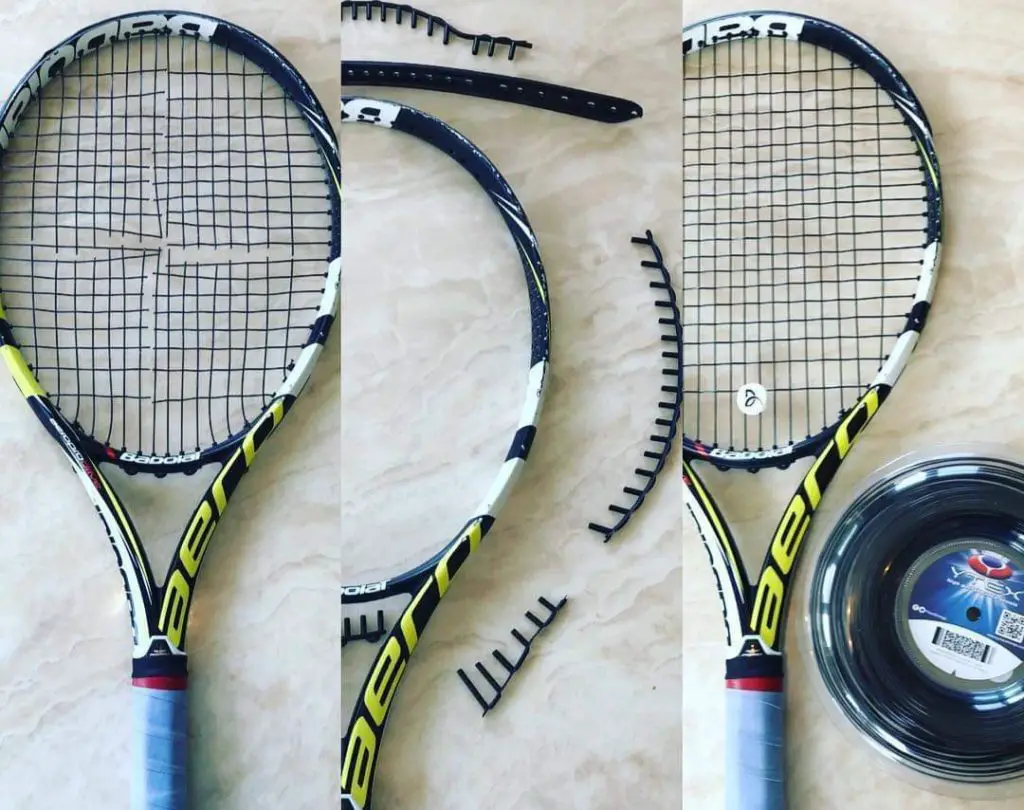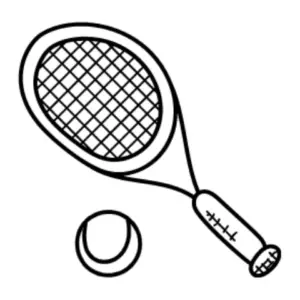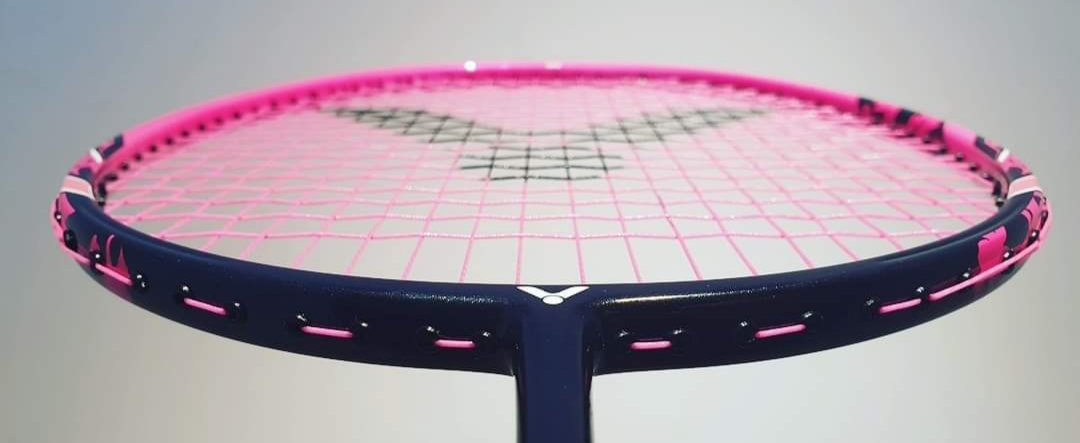Learn how to choose tennis strings. The types that are available in the market and the functions they can be used for. Visit us for more tennis leanings.
Once you have made a decision on a new racquet, you will be asked “how would like it strung?” It’s quite relevant to choose best strings and tension for your game style preference. So we’ve provided a complete guide on how to choose tennis strings. In this guide we have listed the basic four categories of strings and also some key terms to remember.
There are no shortcuts to experience. So be prepared to try a few different string and tensions before finding the best fit.
How to Choose Tennis Strings

Natural Gut
This is the Rolls Royche of tennis string, providing top of the line tension sustenance and feel for players of all ability levels. Made from individual strand of serosa fiber (intestinal lining of cow) this string is also one of costliest. Used by club players and touring pros alike, natural gut was originally highly sensitive to water and weather changes, but modern coatings and treatments have decreased this risk. Even so make sure to keep it out of rain and the trunk of your vehicle. No other string produces the tension maintenance and power that natural gut can.
Multifilament
This is a type of string design where numerous individual string filaments, mostly made of nylon, are wrapped or braided into a single length of string with a polyurethane binding agent. Multifilament strings tend to produce more power and comfort than solid-core or synthetic gut strings, and are a favorite choice for players with tender elbows and arms. Multifilament strings are made to mimic performance of natural gut but at a lower price.
Multifilament offer exquisite comfort and power, but will lose tension considerably quicker than natural gut.
Monofilament
A type of string design where one string material, or a combination of materials, is extruded, or drawn through a geometrically shaped dye to form a solid piece of string.
Monofilament strings tend to display greater durability over synthetic gut or multifilament strings of the same material, but have less power, feel, and comfort. The most common type of monofilament, co-polyester strings have become somewhat softer and more forgiving though they are players looking for more durability, spin and control. The lower elasticity of these strings demand full, fast swings to maximize their performance. This is why they are more often used by intermediate and advanced players. Polyesters strings lose tension quicker than any string type.
Synthetic Gut
The most economical of the various string families, synthetic gut is a nylon-based string, naturally with a solid monofilament core surrounded by one or more than one layers of smaller filaments. This construction provides all around by combining the tension maintenance of the solid core and improving the feel and performance by utilizing the outer wraps. This string’s performance has improved over the years, providing dynamic response and feel enjoyed by players of multiple levels.

Hybrid
This is the combination of two different versions or gauges of string in the same racquet. Hybrid stringing has become famous in the last several years due to the rise of polyester-based-strings. Since these polyester-based-strings are so stiff, many players have mixed them with natural or synthetic gut strings to make for a more playable and comfortable string bed, while retaining much of the poly’s spin and durability characteristics. Hybrid stringing allows players to extend the life of a softer string, and make a firmer, more durable string much more comfortable.
Elasticity
This is a term used to depict a string’s ability to deform and spring back to its original alignment. This is frequently discussed in-terms of power, as a string as a string with a higher elasticity is allowed to deform to a greater extent and then return to its original alignment, returning more energy back into the ball. Strings with greater elasticity typically provides a softer feel as the string bed will provide more pocketing for the incoming shot.
Check out our related article: what are the rules for playing tennis.
Now, in addition to all of the above, it is also wise to keep the following points in mind while choosing tennis strings:
- Gauge– Gauge refers to the thickness of the strings. The higher the gauge, the thinner the string. These thinner strings offer better power and comfort while the thicker strings offer better durability and control. Unfortunately, there is no standardised chart for measuring gauges due to this often the gauge will vary between companies so always choose as per millimetre.
- 15/1.40mm: Thickest gauge; best for advanced players looking for maximum durability and control.
- 16/1.30mm: Medium-thick gauge; best for competitive players who break strings frequently.
- 16L/1.28mm: Medium gauge found in strings; best for competitive players looking for a blend of power and control.
- 17/1.25mm: Medium thin gauge; best for beginner and intermediate players who are looking for power and comfort.
- 17L/1.20mm: Thin gauge; best for players looking for increased touch and feel
- 18/1.15mm: Thinnest gauge; best for players wanting maximum touch and feel
- Tension– Tension refers to how tightly the strings are strung in the racquet. Each racquet will have a specific tension range that the manufacturer recommends you string within, usually around 50-60 pounds. The higher the tension, the more control and the lower the tension, the more power.When in doubt, always choose the middle tension and then make adjustments if needed.
Conclusion:
If you have made it this far, I’m sure you have learned all you have to about choosing your own tennis strings and the various materials used for the same. It is really important to choose tennis strings based on your requirement after going through our guide. Also, keep our points on gauge and tension in mind to make the right decision.

